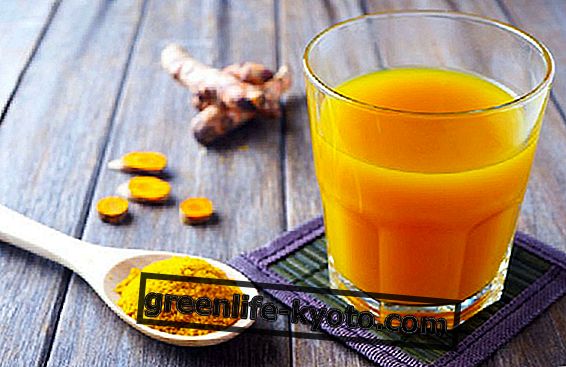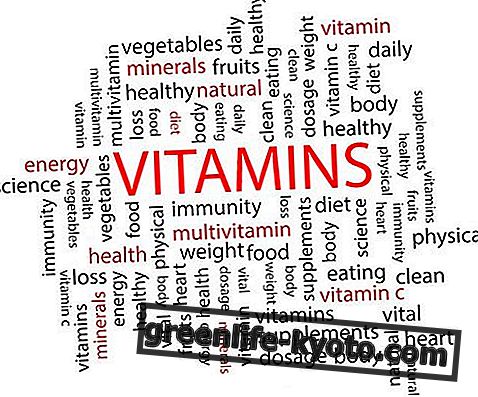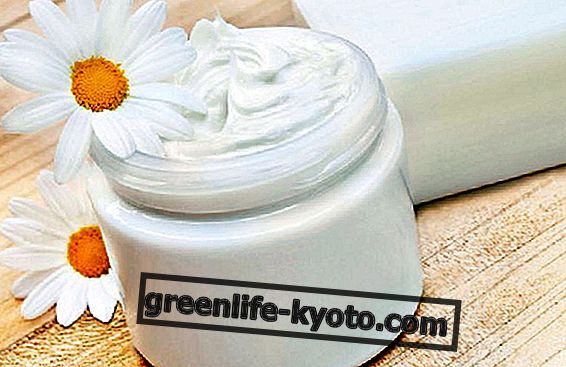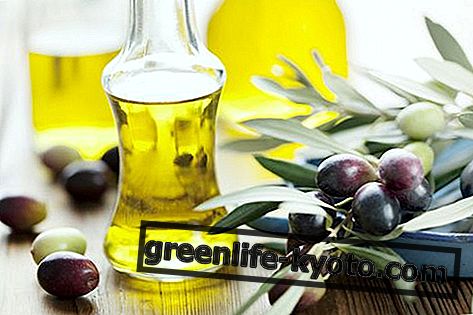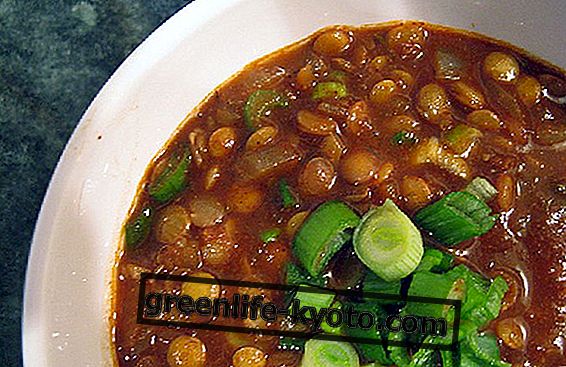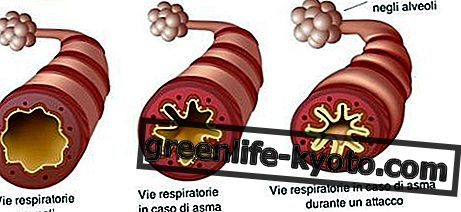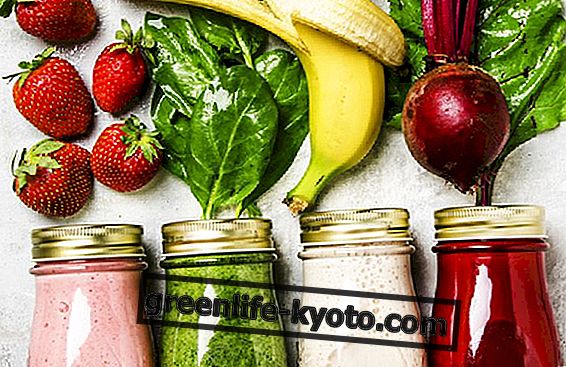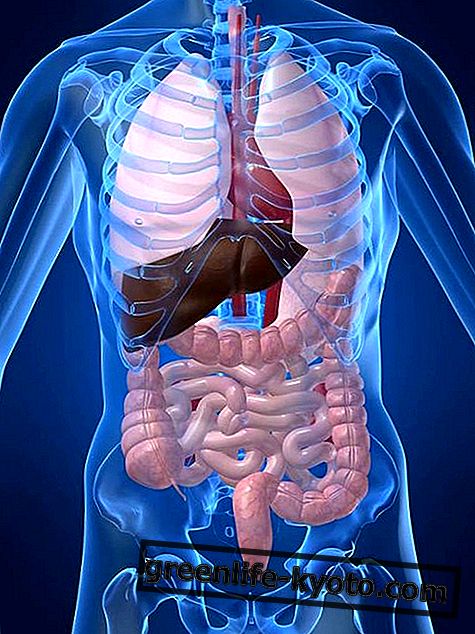
Diabetes and nutrition
The term diabetes refers to a metabolic alteration caused by an insulin deficiency, caused by hyperglycemia, or an increase in normal blood glucose levels in a subject.
Among the various therapies that a diabetic can use, there is certainly nutrition . Diet plays a fundamental role in the management of the disease and its control, so much so as to represent a therapy in all respects.
Starting from the subject's eating style, a special diet is prescribed, sewn onto the person, gradually changing the frequency of positive and negative habits.
Until not long ago, when we talked about diabetes we thought of a sort of "sugar allergy". In the diabetic diet there are no foods to demonize and foods to prefer.
The fundamental point is represented by a correct and harmonious management of proteins, fats and sugars. The diabetic's diet must therefore be balanced, without depriving himself of carbohydrates.
Often, when a subject realizes he has high blood sugar, he suspends bread and pasta. This does not lead to any concrete results and causes other damages. Complex sugars, for example, are welcome, while simple sugars such as sucrose, which is usually added to coffee or tea, should be avoided.
Let us now make a list of the relationship between food and diabetes.
Discover also the homeopathic remedies in case of diabetes
Food and diabetes: recommended foods to avoid
Let's try to summarize the relationship between food and diabetes in two macro categories: foods to avoid and recommended foods .
Let's start with fat . They are all to be limited, that is, to be taken in moderation. Yes to olive oil, sunflower oil, corn oil, soy oil, peanut oil. Only occasionally butter, lard, various seed oil and lard. Better to avoid.
On the meat it is better to avoid the fat parts, such as packaged hamburgers, coppa, cotechino, mortadella, pancetta, salami and wurstel. Instead, prefer lamb and ham, rabbit, lean beef, chicken, speck, turkey and lean veal.
As for dairy products and eggs, it is preferable to take egg whites, low-fat cheeses, skim milk and low-fat yogurt. Moderately skimmed milk, fresh caciotta, parmesan and mozzarella can be taken. Instead, avoid cream, mascarpone cheese, pecorino cheese and whole yogurt.
For fish, avoid only fish eggs, ie caviar, and fries. The rest is fine, provided it is not overly seasoned or oily (tuna in oil).
Fruit is fine, but avoid nuts and syrup. Limit fresh fruit such as bananas, persimmons, figs and grapes instead. Fresh and frozen vegetables are good, but perhaps it is better to avoid potatoes.
Yes to cereals and whole wheat pasta, parboiled rice, wholemeal rusks, breadsticks, crackers, without exaggerating. Avoid stuffed pizza and oil bread instead.
No to mayonnaise, fruit juices, coca-cola and orange juice.
Yes to licorice and non-calorie sweeteners (aspartame and saccharin). No, instead of common sugar, jams, creams, candies, chocolate, nougat, croissants, cakes, brioche and biscuits.



